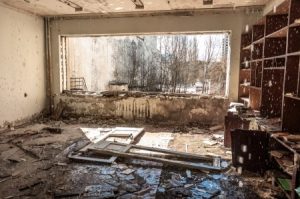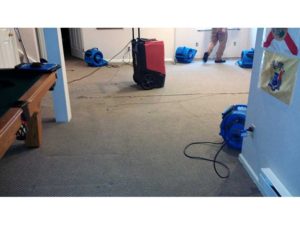 At Project X Restoration in Denver, we recommend making time for disaster preparation and taking a home inventory. As professional restoration specialists, we’ve seen first-hand the devastation that can be caused by a natural disaster, plumbing issue, house fire and so much more. These situations are incredibly stressful, making it difficult for homeowners to clearly think through an exhaustive list of their home’s contents. Being prepared is vital.
At Project X Restoration in Denver, we recommend making time for disaster preparation and taking a home inventory. As professional restoration specialists, we’ve seen first-hand the devastation that can be caused by a natural disaster, plumbing issue, house fire and so much more. These situations are incredibly stressful, making it difficult for homeowners to clearly think through an exhaustive list of their home’s contents. Being prepared is vital.
Nobody expects their basement to flood or electrical system to ignite a fire, so it’s natural not to think too much about being ready. But, if it ever happens to you, disaster preparation and taking a home inventory can spare you added stress and more quickly get you on the path to restoring both your home and your life.
Some Statistics
According to a 2012 survey, over half of U.S. residents have not done an inventory of their home to account for all their possessions. Of those who have completed inventories, 27% do not have photos to accompany their inventory, 28% don’t have a backup stored outside their home, and 48% have no receipts to accompany their inventory. Almost 60% have not updated their inventories in over a year. If you fall into any or all of these categories and experience damage from a fire, you’ll likely face issues when seeking reimbursement from your insurance company.
A Successful Home Inventory
Because a home inventory can seem overwhelming, it is best to start with a portion of your home. Choose an inventory tool that you will be likely to use and will be able to best keep up to date. Treat your inventory systematically and keep at it until you have completed it.
Once your inventory is complete, you need an offsite storage place or an accessible online location. Saving this information to a home computer will do you no good if it’s destroyed in a fire or home flood. Every significant purchase should be added at least on an annual basis.
Successful methods for home inventories include:
- Spreadsheets: Spreadsheets are an easy way to track and organize an inventory.
- Photos: Be sure to photograph every room systematically and be sure to take individual photos of important or valuable items. You will need a way to track purchase dates, costs, and model or serial numbers.
- Video: You will need to be sure to capture information similar to photos. Videos have an added advantage of having audio to accompany your inventory.
- Apps: There are a lot of apps that are great ways to complete your inventory. Some that have been recommended include Inventory for Homeowners, DreamVault, Home Gallery, and The Home Inventory. These apps are just a few of the available options that may work well for you.
Worth the Effort
Disaster preparation and taking a home inventory can save you time and energy in case of an emergency. It may also mean a more streamlined reimbursement process. If you need help in your restoration efforts following an unfortunate event, contact our professionals at Project X Restoration in Denver. We can help you with clean-up and restoration following water damage, fire, smoke damage, and more. We care about helping you and your family.
